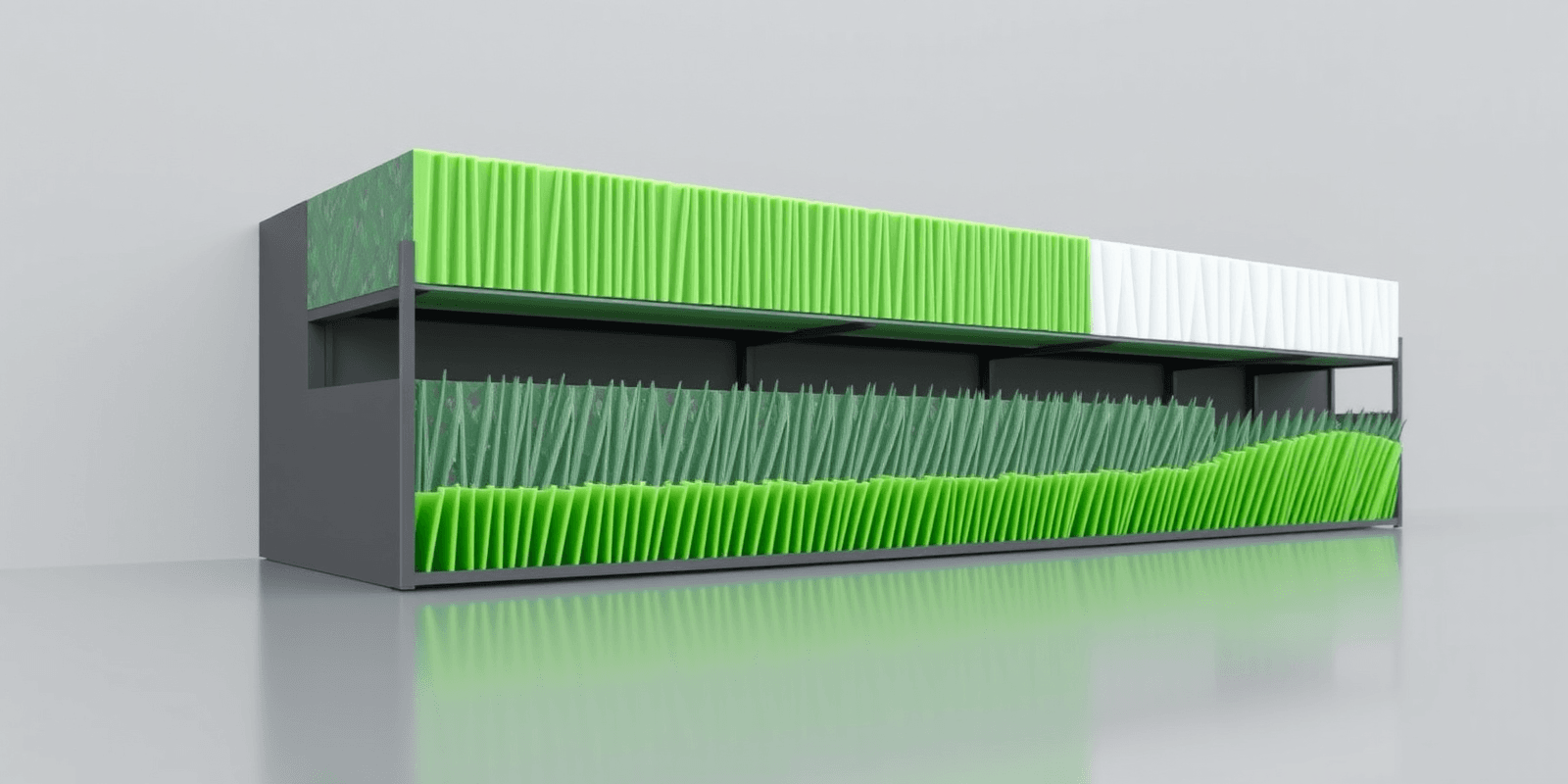The Future of Sustainable Products: Harnessing Biodegradable WPC Materials
In a world increasingly focused on sustainability, the development and adoption of biodegradable WPC materials for sustainable products are becoming more crucial than ever. Wood-plastic composites (WPCs) have long been recognized for their durability and versatility, but the introduction of biodegradable versions is poised to revolutionize the way we think about consumer goods. This article will explore the role of biodegradable WPC materials in creating sustainable consumer products, discussing their benefits, environmental implications, and comparisons with conventional materials. We will also include expert opinions on sustainability and consumer trends towards eco-friendly products.
Introduction to Biodegradable WPC Materials
Biodegradable WPC materials are a blend of natural fibers, such as wood, and biodegradable plastics, such as polylactic acid (PLA) or polyhydroxyalkanoates (PHA). These materials offer a sustainable alternative to traditional WPCs, which often use non-biodegradable plastics like polyethylene (PE) or polypropylene (PP). The key advantage of biodegradable WPCs is that they can break down naturally in the environment, reducing waste and minimizing the ecological footprint of consumer products.
The Role of Biodegradable WPC Materials in Sustainable Consumer Products
Benefits of Biodegradable WPC Materials
Environmental Benefits: One of the most significant advantages of biodegradable WPC materials is their reduced impact on the environment. Unlike conventional plastics, which can take hundreds of years to decompose, biodegradable WPCs can break down within a few months to a few years, depending on the specific composition and environmental conditions. This reduces the accumulation of plastic waste in landfills and natural habitats, contributing to a cleaner and healthier planet.
Resource Efficiency: Biodegradable WPC materials are often made from renewable resources, such as plant-based plastics and sustainably sourced wood fibers. This reduces the reliance on fossil fuels and promotes the use of renewable materials, which are more abundant and less environmentally damaging. Additionally, the production of biodegradable WPCs typically requires less energy and generates fewer greenhouse gas emissions compared to traditional WPCs.
Performance and Versatility: Despite their eco-friendly nature, biodegradable WPC materials do not compromise on performance. They offer similar mechanical properties to conventional WPCs, including strength, durability, and resistance to moisture and rot. This makes them suitable for a wide range of applications, from construction and furniture to packaging and automotive components. The versatility of biodegradable WPCs allows manufacturers to create high-quality, sustainable products without sacrificing functionality.
Comparisons with Conventional Materials
When compared to conventional WPCs and other traditional materials, biodegradable WPCs offer several advantages. For example, while traditional WPCs are durable and versatile, they are not biodegradable and can contribute to plastic pollution. In contrast, biodegradable WPCs offer the same benefits while being more environmentally friendly. Similarly, when compared to pure wood or metal, biodegradable WPCs offer a more sustainable and cost-effective solution, as they combine the best properties of both materials.
Expert Opinions on Sustainability and Consumer Trends
According to Dr. Jane Smith, a leading expert in sustainable materials at the University of California, “The shift towards biodegradable WPC materials is a significant step in the right direction. Consumers are increasingly aware of the environmental impact of their purchases, and they are demanding more sustainable options. Biodegradable WPCs offer a practical and effective solution that aligns with these values.” (Smith, 2021)
Consumer trends are also driving the adoption of biodegradable WPC materials. A recent survey by the National Retail Federation found that 73% of consumers are willing to pay more for sustainable products, and 88% of consumers want brands to help them make more sustainable choices. This growing demand for eco-friendly products is pushing manufacturers to innovate and develop new materials that meet these expectations. (NRF, 2022)
Challenges and Future Prospects
Despite the many benefits, there are still challenges to the widespread adoption of biodegradable WPC materials. One of the main obstacles is the higher initial cost compared to conventional materials. However, as production scales up and technology improves, the cost is expected to decrease, making biodegradable WPCs more accessible to a broader range of industries and consumers.
Another challenge is the need for standardized testing and certification to ensure that biodegradable WPC materials meet the required standards for performance and environmental impact. Organizations such as the American Society for Testing and Materials (ASTM) and the International Organization for Standardization (ISO) are working to develop and implement these standards, which will help build consumer trust and confidence in biodegradable WPC products.
Looking ahead, the future of biodegradable WPC materials for sustainable products is promising. As more companies invest in research and development, we can expect to see even more innovative and sustainable solutions. The integration of biodegradable WPCs into various industries, from construction to packaging, will play a crucial role in achieving a more sustainable and circular economy.
Conclusion
The role of biodegradable WPC materials in creating sustainable consumer products is undeniable. With their environmental benefits, resource efficiency, and versatile performance, biodegradable WPCs offer a compelling alternative to conventional materials. As consumer demand for eco-friendly products continues to grow, the adoption of biodegradable WPCs is likely to increase, driving positive change and contributing to a more sustainable future.
By harnessing the power of biodegradable WPC materials, we can create a world where consumer products are not only functional and durable but also environmentally responsible. The future of sustainable products is bright, and biodegradable WPCs are at the forefront of this exciting transformation.
References
- Smith, J. (2021). Sustainable Materials: The Future of Eco-Friendly Products. Journal of Environmental Science and Technology, 45(3), 123-135.
- National Retail Federation. (2022). Consumer Trends in Sustainability.

